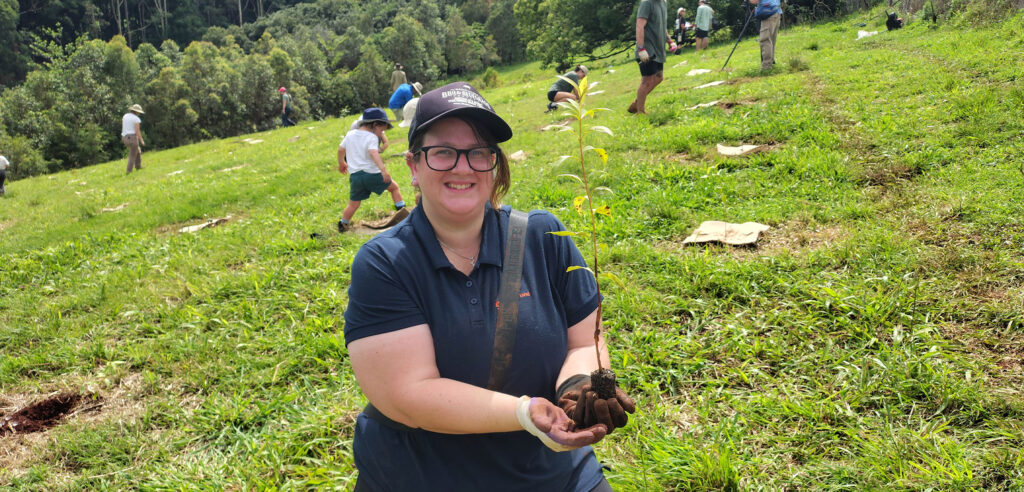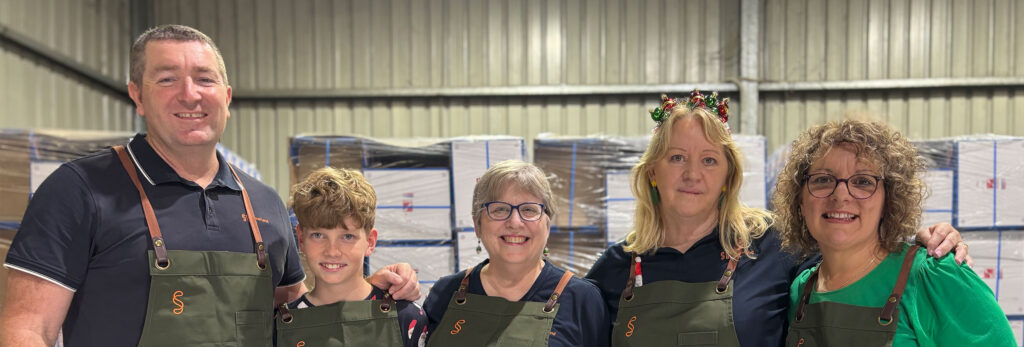As we saw with the Lismore floods, disasters and crises often bring out the best in humanity, as people rally together to support those in need. However, these same moments of compassion also attract scammers looking to exploit goodwill. Fake charity scams are a heartbreaking reality, preying on generosity during times of crisis.
In the last five years alone, over 4,500 fake charity scams have been reported to ScamWatch, with losses exceeding one million dollars. These scams have been linked to tragedies like the Vanuatu earthquake and the ongoing conflict in Ukraine. Scammers use these events as cover, creating fake charities or fundraisers or even impersonating legitimate organisations to deceive donors.
How fake charity scams work
Fake charity scams can take many forms, including:
- Fake websites: Elaborate sites designed to look legitimate.
- Social media campaigns: Posts on platforms like Facebook or X urging donations.
- Online fundraising platforms: Fraudulent campaigns on sites like GoFundMe.
- Messaging apps: Appeals for help sent via WhatsApp, Messenger, or similar services.
- Phone calls, emails, or letters: Personal appeals that may feel genuine.
- In-person tactics: Door-knocking or street collections by individuals posing as charity representatives.
How to protect yourself from fake charity scams
To ensure your generosity reaches those truly in need, here are some key precautions:
1. Verify the charity, check if the organisation is registered with the Australian Charities and Not-for-profits Commission (ACNC). The free ACNC Charity Register provides detailed information about Australian charities.
2. Pause and research, don’t rush into donating, even if the appeal seems urgent. Scammers often create a sense of urgency to push you into acting without thinking. Independently search for the charity’s official website and contact them directly rather than clicking on links in emails or social media posts. The ACNC guidance page can help.
3. Avoid unusual payment methods, be wary of requests for donations via cryptocurrency, gift cards, cash, international funds transfers, or personal accounts. These methods are often used by scammers to make funds untraceable.
4. Double-check payment details, only send funds to accounts clearly linked to the legitimate organisation. For example, if donating to the Red Cross, make sure the payment details align with their official records. Never transfer funds to individuals claiming to represent the organisation.
5. Protect personal information, don’t provide personal or financial details to unknown parties. If scammers gain access to this information, you could become a victim of identity theft or fraud.
6. Know your local fundraising laws, fundraising regulations vary by state and territory. The ACNC Fundraising Hub is a valuable resource for understanding these rules and accessing guidance.
Donations to some charities may be tax-deductible if they are registered as Deductible Gift Recipients (DGRs). This is an added incentive to ensure your donations go to legitimate organisations.
What to do if you’ve been scammed
If you suspect you’ve fallen victim to a fake charity scam, act quickly:
- Call us on 1300 728 728 for assistance.
- Report the scam to ScamWatch and Cyber.gov.au to help prevent others from being targeted.
Your compassion can make a real difference, but only if your donations reach genuine causes. By staying informed and cautious, you can ensure your support truly helps those in need, not fraudsters. For more guidance, visit the ACNC’s resource page: Donating to Legitimate Charities | ACNC.






